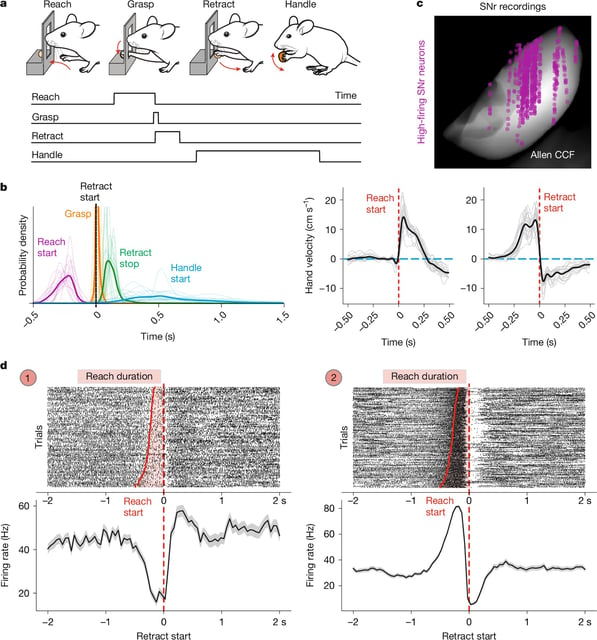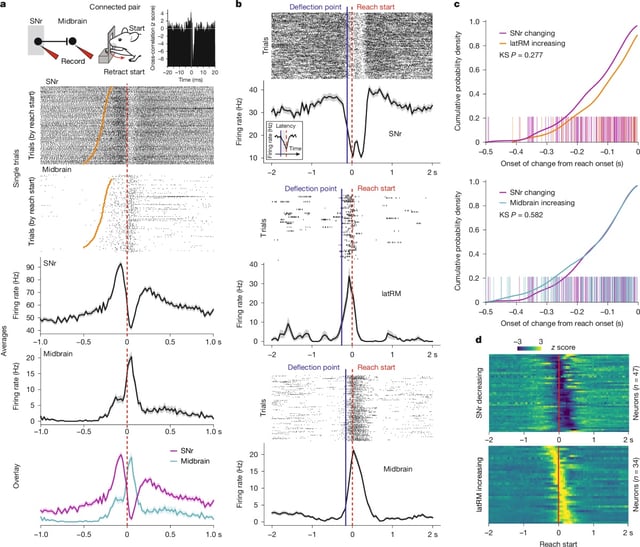Overview
- Researchers led by Professor Silvia Arber recorded SNr neuron activity in mice during reach-to-grasp tasks and found distinct increases and pauses tied to specific movement phases.
- Optogenetic activation of SNr neurons selectively blocked targeted behaviors, demonstrating their bidirectional role in both licensing and suppressing movements.
- The study shows basal ganglia output operates as a finely tuned traffic light system, providing granular ‘go’ and ‘stop’ signals rather than acting solely as a brake.
- These findings overturn traditional basal ganglia models by revealing highly dynamic, movement-specific signaling patterns in the Substantia Nigra pars reticulata.
- Insights from this research offer new targets for therapies by aligning treatment strategies with the precise timing mechanisms of movement control.



